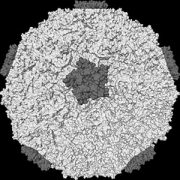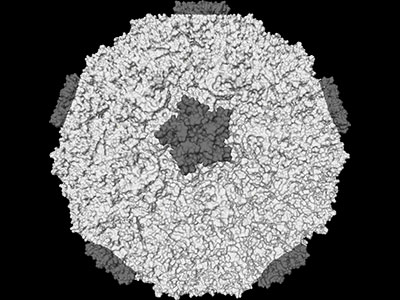Children’s National Hospital welcomes Muller Fabbri, M.D., Ph.D.

Dr. Fabbri joins Children’s National from the University of Hawaii Cancer Center, where he was a tenured associate professor and leader of the Cancer Biology Program. He received his medical degree at the University of Pisa in Italy and his Ph.D. degree at the Second University of Naples in Italy.
Children’s National Hospital is pleased to announce it has selected Muller Fabbri, M.D. Ph.D., as associate director for the Center for Cancer and Immunology Research at the Children’s National Research Institute. In this role, he will build and lead the Cancer Biology Program while developing and conducting basic and translational research. Dr. Fabbri will also develop multidisciplinary research projects with various clinical divisions, including oncology, blood and marrow transplantation, pathology and hematology.
A distinguished lecturer, instructor, researcher, public speaker and mentor, Dr. Fabbri’s research interest focuses on decoding cancer cellular biology riddles that lead to personalized medicine. He has pioneered a theory that explains non-coding RNAs’ functioning in intercellular communication that promotes cancer cell growth, dissemination and drug resistance. To better understand the immune response against cancer cells, he has investigated the role of exosomes and other extracellular vesicles. Inflammation, tumor microenvironment and immunity, as it relates to cancer, are other research areas of interest.
“I feel fortunate to be working with Dr. Catherine Bollard and her team at an extraordinary research center,” said Dr. Fabbri. “I am eager to join Children’s National, and I look forward to learning from this leadership team, which also includes Dr. Vittorio Gallo, Dr. Mark Batshaw and Dr. Jeffery Dome.”
Dr. Fabbri was drawn to Children’s National because of its proximity to partners like the National Institute of Health (NIH), the Food Drug Administration (FDA), various universities and the private sector, fostering a rich scientific environment. One of Dr. Fabbri’s many goals, is to make sure that the Cancer Biology Program plays a central role in the acquisition of an NCI-Designated Cancer Center recognition often given to institutions that stand out in scientific leadership and clinical research.
Dr. Fabbri joins Children’s National from the University of Hawaii Cancer Center, where he was a tenured associate professor and leader of the Cancer Biology Program. He received his medical degree at the University of Pisa in Italy and his Ph.D. degree at the Second University of Naples in Italy.





